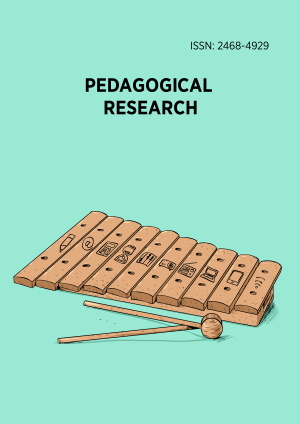Abstract
Concerns about the influence of misconceptions, culture and social setting on probabilistic reasoning of teacher trainees led to a study in this area to explore the reasoning of preservice teachers from a college of education in Ghana. This study investigates preservice teachers’ misconceptions and difficulties in probabilistic problems solving before they learn Elementary Stochastic as part of their course of studies. The identification of preservice teachers’ misconceptions will serve as a reference point for planning and enactment of lessons for effective training of teachers. The study employed explanatory sequential mixed methods research design. The participants in this study were 181 level 200 female preservice teachers offering a Diploma in Basic Education. Diagnostic test and semi-structured interview were used to collect data. Data collected were analysed descriptively. Also, content analysis was employed to analyse some parts of the data collected. The results indicate that preservice teachers had some probability difficulties such as conceptual difficulties, interpretation difficulties, and procedural difficulties. Similarly, the study found that preservice teachers entered college with the following probability misconceptions: equiprobability bias, representativeness bias, negative and positive recency effects, outcome orientation bias, and belief bias. This study shows the need for teaching and learning activities to focus on addressing probability misconceptions and difficulties in order to developed better probabilistic reasoning of preservice teachers.
License
This is an open access article distributed under the Creative Commons Attribution License which permits unrestricted use, distribution, and reproduction in any medium, provided the original work is properly cited.
Article Type: Research Article
PEDAGOGICAL RES, Volume 7, Issue 1, January 2022, Article No: em0112
https://doi.org/10.29333/pr/11441
Publication date: 21 Dec 2021
Article Views: 2460
Article Downloads: 2437
Open Access Disclosures References How to cite this article
 Full Text (PDF)
Full Text (PDF)